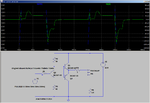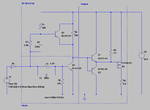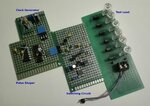CataM
Advanced Member level 4

- Joined
- Dec 23, 2015
- Messages
- 1,275
- Helped
- 314
- Reputation
- 628
- Reaction score
- 312
- Trophy points
- 83
- Location
- Madrid, Spain
- Activity points
- 8,409
The PMOS below has 190mΩ at 125ºC junction temperature.a RDS(on) < 1Ω at the operating voltages indicated
I went to 3 amps output current, more than your application needs. The thing is that the Schottky removes about 0.5 V from the already dropped voltage.

















